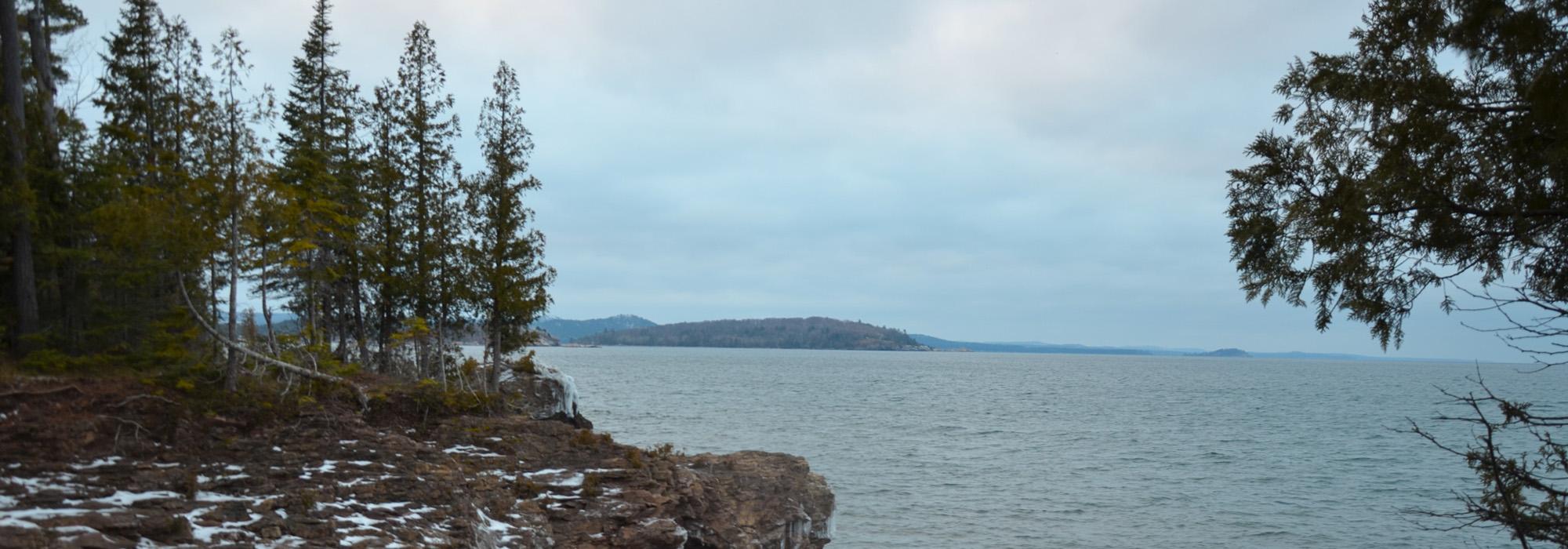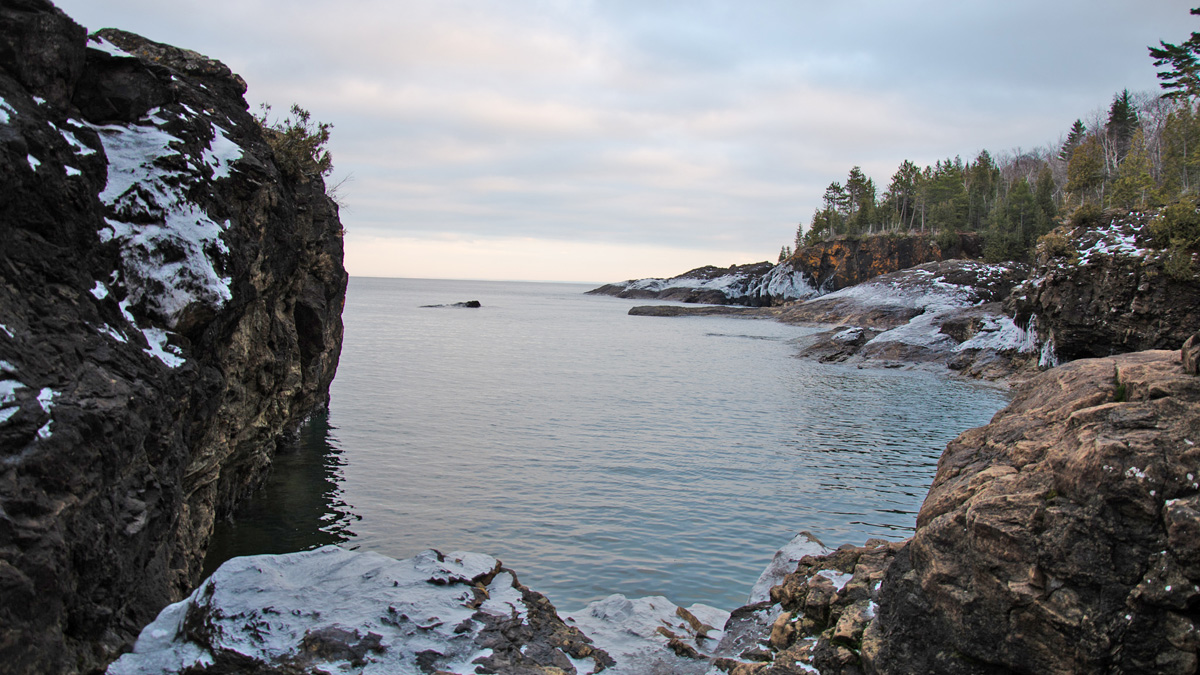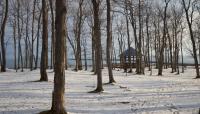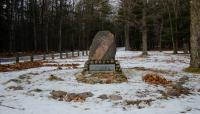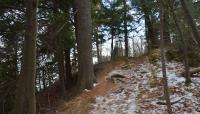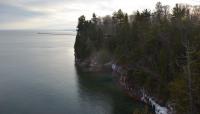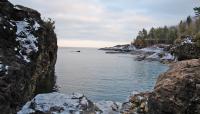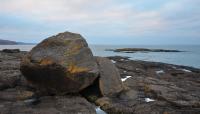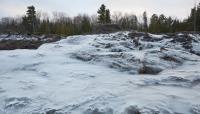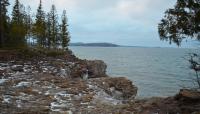Landscape Information
An austere peninsula jutting into Lake Superior, this land had been inhabited by native tribes for as long as 7,000 years prior to the arrival of Jesuit settlers, who named it “almost island.” The 323-acre oval shaped site has operated as a public park since the mid-1880s, when the U.S. Congress transferred land ownership to the City of Marquette, MI. Following a visit to Presque Isle in 1891, Frederick Law Olmsted, Sr., noted to a local park commissioner that the site should not be “marred by the intrusion of artificial objects, and especially of constructions in the least of a showy character.” Deeming the natural landscape “exceedingly interesting, beautiful and picturesque,” Olmsted set the precedent for maintaining Presque Isle in its natural setting. A follow-up report was prepared by his firm, Olmsted, Olmsted & Eliot, advising against the insertion of conspicuous elements and suggesting a circulation path to follow the park’s perimeter. In 1917 landscape architect George Lister Nason was contracted to draw up plans for integrating sports fields, cafes, and other amenities into the park, but ultimately these changes were not implemented. On a visit to Marquette in the 1930s, landscape architect Jens Jensen reiterated Olmsted’s vision for the park, stating that it should remain a “shrine of natural beauty.”
Today, Presque Isle holds true to that philosophy. The largely forested landscape is a habitat for white-tail deer and songbirds. While Naturalistic features including wood picnic benches and fences, and seasonal tourist operations such as a concession stand, marina, and public beach along the southern shore are present, much of the park’s interior remains densely wooded. Designated as a Michigan Viewing Area, hiking trails up black-rock cliffs lead to sweeping vistas across Lake Superior.



